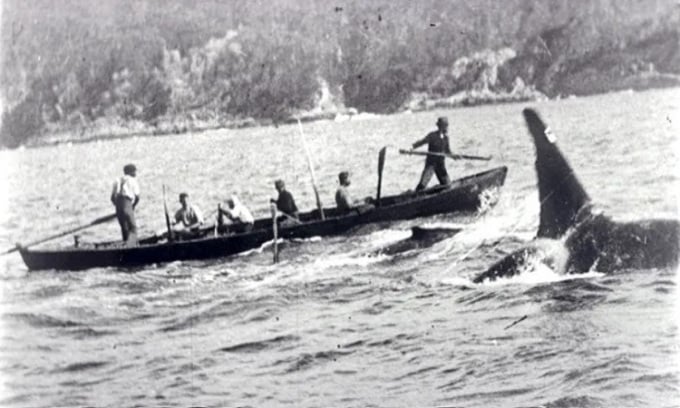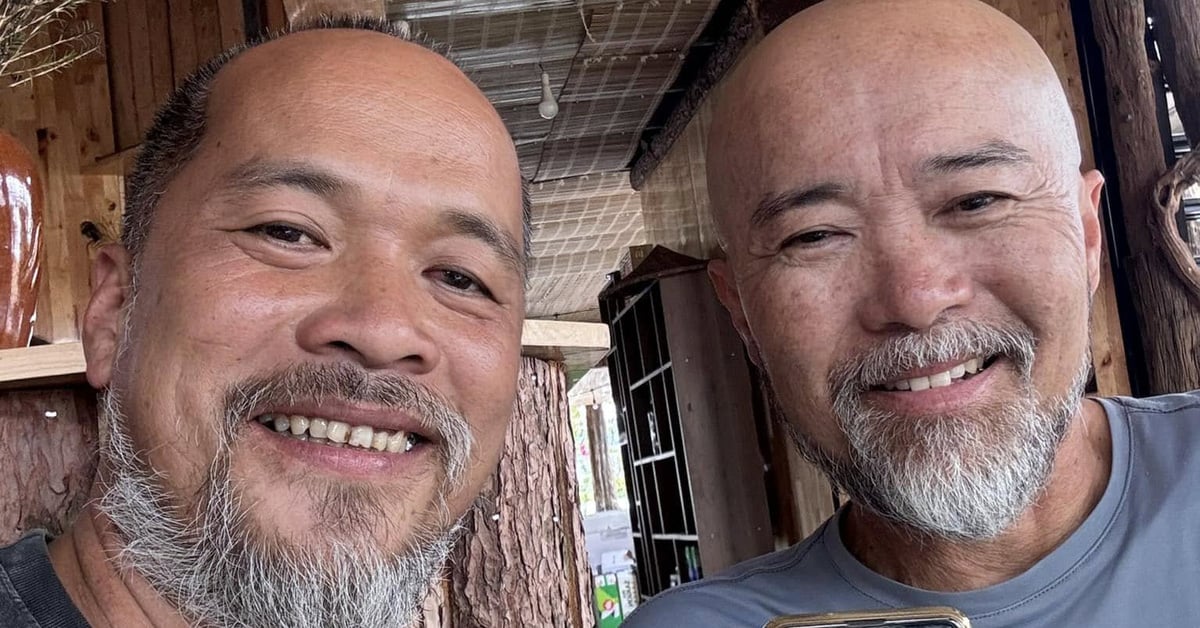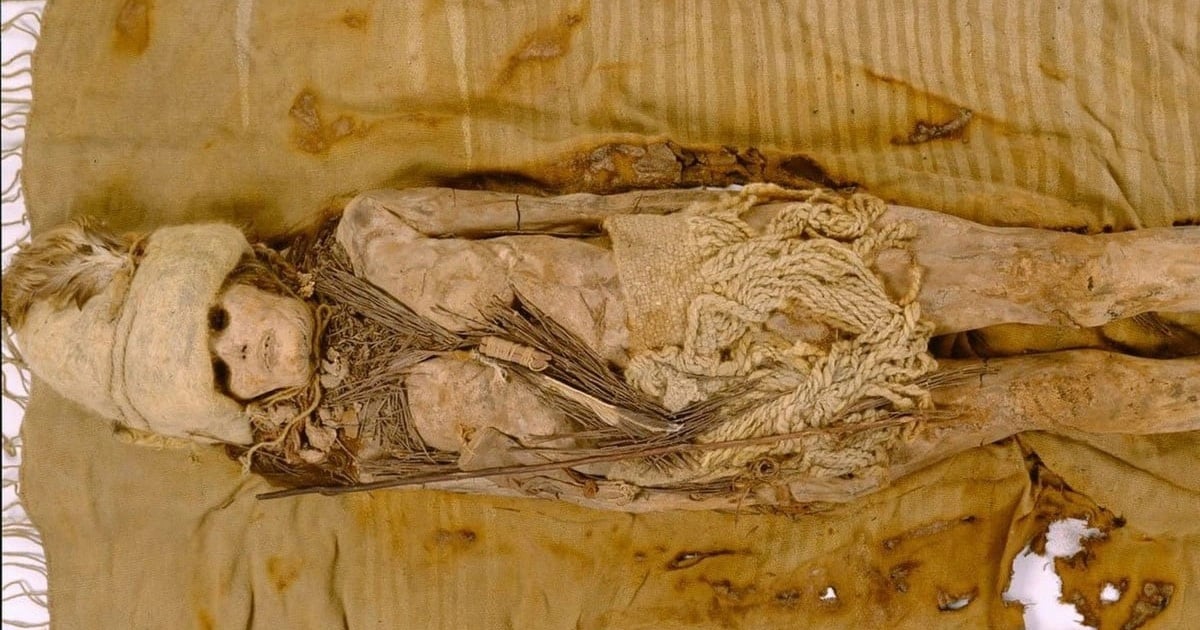Researchers uncover mysterious killer whale hunting partnership with Australian indigenous people for millennia that appears to have gone extinct.

Killer whales hunting alongside humans in the early 20th century. Photo: Charles E. Wellings
The study is based on genetic analysis. The Thaua people of the coastal Yuin Aboriginal tribe have been singing to killer whales as they hunt baleen whales for generations in Turembulerrer (Twofold) Bay off eastern Australia. The killer whales only take the whales' lips and tongues in a mutually beneficial exchange called the "Law of the Tongue," according to the study published in the journal Heredity, Business Insider reported on October 22.
In the 19th century, European colonists exploited this relationship to develop commercial whaling in the Gulf. Documents show that killer whales would strike the water in front of hunting stations to signal the presence of whales to fishermen, including the Thaua people. They would lead the fishermen to the whales, sometimes pulling them with ropes, and then use harpoons to slow the whales down, ensuring a successful hunt.
In the 1930s, after hunting alongside humans for 1,000 years, the killer whale population disappeared. To learn more about them, researchers analyzed the DNA of a 23-foot-long killer whale in the pod called “Old Tom.” His DNA was different enough from living killer whales to prove that his pod is now extinct.
Steven Holmes, co-author of the study, said the Thaua people considered the killer whales to be their brothers. Old Tom washed ashore in 1930 and his skeleton is kept at the Eden Killer Whale Museum. Isabella Reeves, a PhD student at Flinders University in Australia, led the research team, who went to the museum to drill into Old Tom's teeth and jaw to obtain DNA samples. The team first determined that he was a male. The animal's active role in hunting whales is unusual, since male killer whales usually let their mothers do the hunting. Old Tom likely shares a common ancestor with New Zealand's killer whales. However, many of the traits in Old Tom's genome are not found in the DNA of any living killer whale populations, meaning they were lost to extinction.
The researchers do not know exactly when and how the human-orca partnership began. The Thaua and other indigenous peoples hunted orcas long before Europeans began commercial hunting them in the 19th century.
An Khang (According to Business Insider )
Source link





![[Photo] Closing of the 11th Conference of the 13th Central Committee of the Communist Party of Vietnam](https://vstatic.vietnam.vn/vietnam/resource/IMAGE/2025/4/12/114b57fe6e9b4814a5ddfacf6dfe5b7f)

![[Photo] Overcoming all difficulties, speeding up construction progress of Hoa Binh Hydropower Plant Expansion Project](https://vstatic.vietnam.vn/vietnam/resource/IMAGE/2025/4/12/bff04b551e98484c84d74c8faa3526e0)





















































































Comment (0)